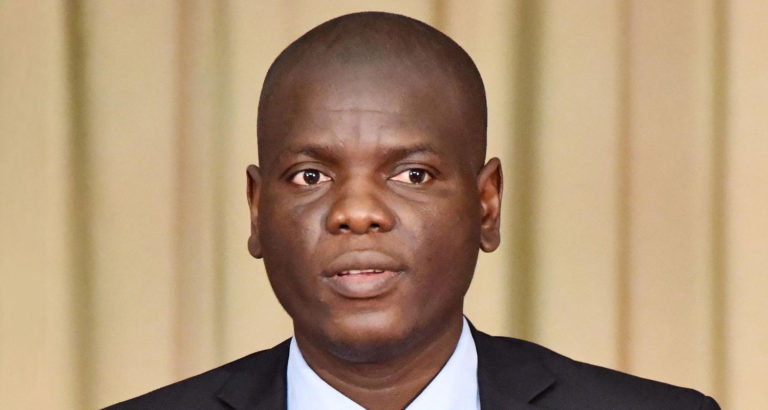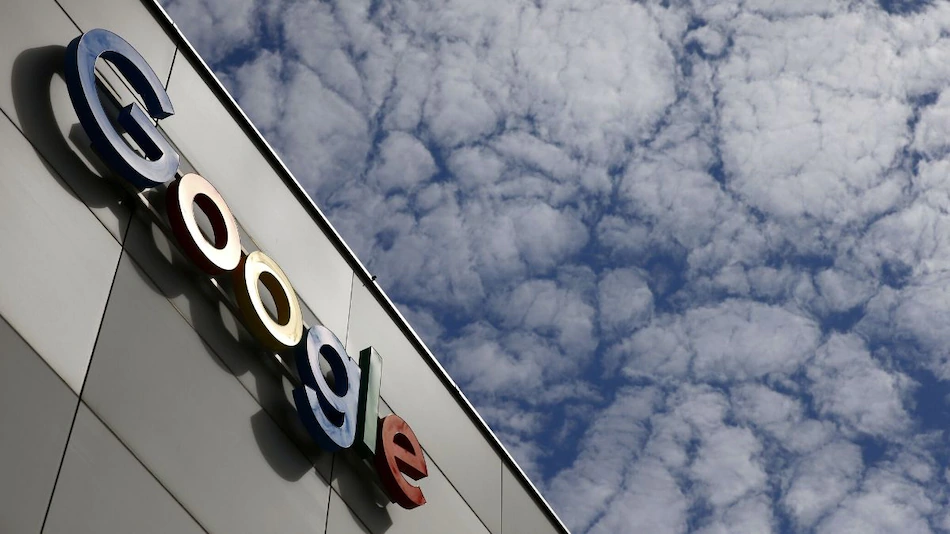Cybersecurity: 4 Fiber Predictions That Will Shape South Africa in 2022

If there’s one thing that the year 2021 has taught us, it’s that nothing can be taken for granted. The local fibre landscape is rapidly changing: as a result of the pandemic, changes in home and workplace behavior are driving up demand for high-quality, dependable connectivity, while recent consolidation among Fibre Network Operators (FNOs) and Internet Service Providers (ISPs) is bringing a new dynamic to the industry.
For our part, Frogfoot has been upgrading its network to keep up with the volume of capacity – we’ve seen close to a doubling of data usage across the network in the last two years – as there has been a consistent shift online for work, education, and entertainment.
Going forward, here are some developments that are likely to come to the fore in 2022:
1. Continued deployment of fiber optic networks
Fiber network operators will continue to spend in expanding their networks as demand for reliable and cost-effective internet connectivity grows. However, the reduction of overbuilding that we are seeing in various regions across the country is likely to alter.
The problem isn’t that there are only one or two operators in a certain location, but that there are up to five carriers laying their networks in the same area. Latecomers are unlikely to obtain the level of uptake required to make their investments viable in such situations.
More competition is good for the customer because it gives them more options and lower prices, but the danger is that a race to the bottom will have a long-term negative impact on both these businesses and their customers, with future network expansion investments being reduced or postponed due to unsustainable pricing maintained in a war of attrition.
Finally, as operators look to supply backhaul capacity for the 5G towers that will be built on the edge, Icasa’s spectrum allocation could stimulate an expansion of fibre networks.
2. FNOs are forming a federation.
Apart from building fiber themselves, South Africa’s FNOs are currently considering mergers and acquisitions to expand their networks. Frogfoot expanded its network by acquiring LinkAfrica’s Western Cape fibre-to-the-home (FTTH) assets, bolstering our footprint in the Western Cape and cementing Frogfoot’s position as South Africa’s third-largest fibre provider.
Other firms have made inroads in the business, the most recent of which saw the Vodacom Group acquire a strategic position in the company that owns Vumatel and Dark Fibre Africa.
Here again, those operators who are looking to expand their operations through acquisitions will have to tackle the issue of overbuild, as they look to find suitable partners with the least network duplication to their own.
3. Internet Service Providers (ISPs) are merging.
Similarly, we’ve witnessed ISP consolidation, with Afrihost (who already owns a majority investment in Axxess) just purchasing a majority position in Cool Ideas, and this trend is expected to continue.
The smaller ISPs are increasingly lacking in volume, scalability, and network capacity to effectively compete with the larger providers. Furthermore, larger ISPs have the financial strength to maintain very competitive connection package pricing for a longer length of time, putting pressure on smaller ISPs’ ability to respond in a comparable manner.
Because of the pricing pressure, ISPs will have to cut expenses, automate more of their processes to increase efficiency, and keep an eye on the next sales opportunity. ISPs will no longer be able to sell merely fiber in the future; they will need to add value above the connectivity layer, such as by becoming IT consultants and selling more products and solutions.
4. Loadshedding solutions that are innovative
Loadshedding is wreaking havoc for businesses (including fiber network operators) and home customers in South Africa, and there is no need for an explanation. The high levels of loadshedding that have been applied around the country recently are putting a strain on traditional redundancy methods.
Because of the increased frequency of power outages, UPS batteries do not have enough time to recharge before the next round of loadshedding. This means that FNOs (as well as businesses and individuals) must look for other energy sources, such as renewable energy, which is abundant in South Africa.
Despite this, Frogfoot is aggressively investing in establishing power redundancy across the numerous layers of its fibre network, beginning at the very top (the core) and going down to the end consumer.
5. New fiber-assimilation products
FNOs are also searching for new ways to boost fiber adoption in places where their network already exists, such as delivering connection options aimed at a more cost-conscious market, such as inhabitants in smaller homes, renters, and students.
Frogfoot air is a pilot project that involves the installation of a WiFi-enabled subscriber gateway on specific areas of the company’s network, which eliminates the need for users to purchase and install extra equipment to get started.
Unlike some FNOs, Frogfoot is adhering to its present practice of providing wholesale connectivity without mandating end-user price or terms, leaving that to the discretion of different ISPs. Frogfoot plans to roll out the concept across its whole network if it becomes successful.
Finally, as efforts to combat the pandemic make progress and vaccination rates rise, we are seeing more businesses reopen their doors and employees return. However, because these companies have spent so much time and money ensuring that their staff can work remotely, it’s unlikely that many will return to full-time onsite work and instead opt for a hybrid approach.
While employees may have to return to work, the desire for high-speed, high-quality, and stable connectivity at home will continue. People are unlikely to cut their internet packages after experiencing the benefits: they have grown accustomed to a specific level of experience and will not want it to be reduced in any way.
By Shane Chorley, Frogfoot’s Head of Sales and Marketing







